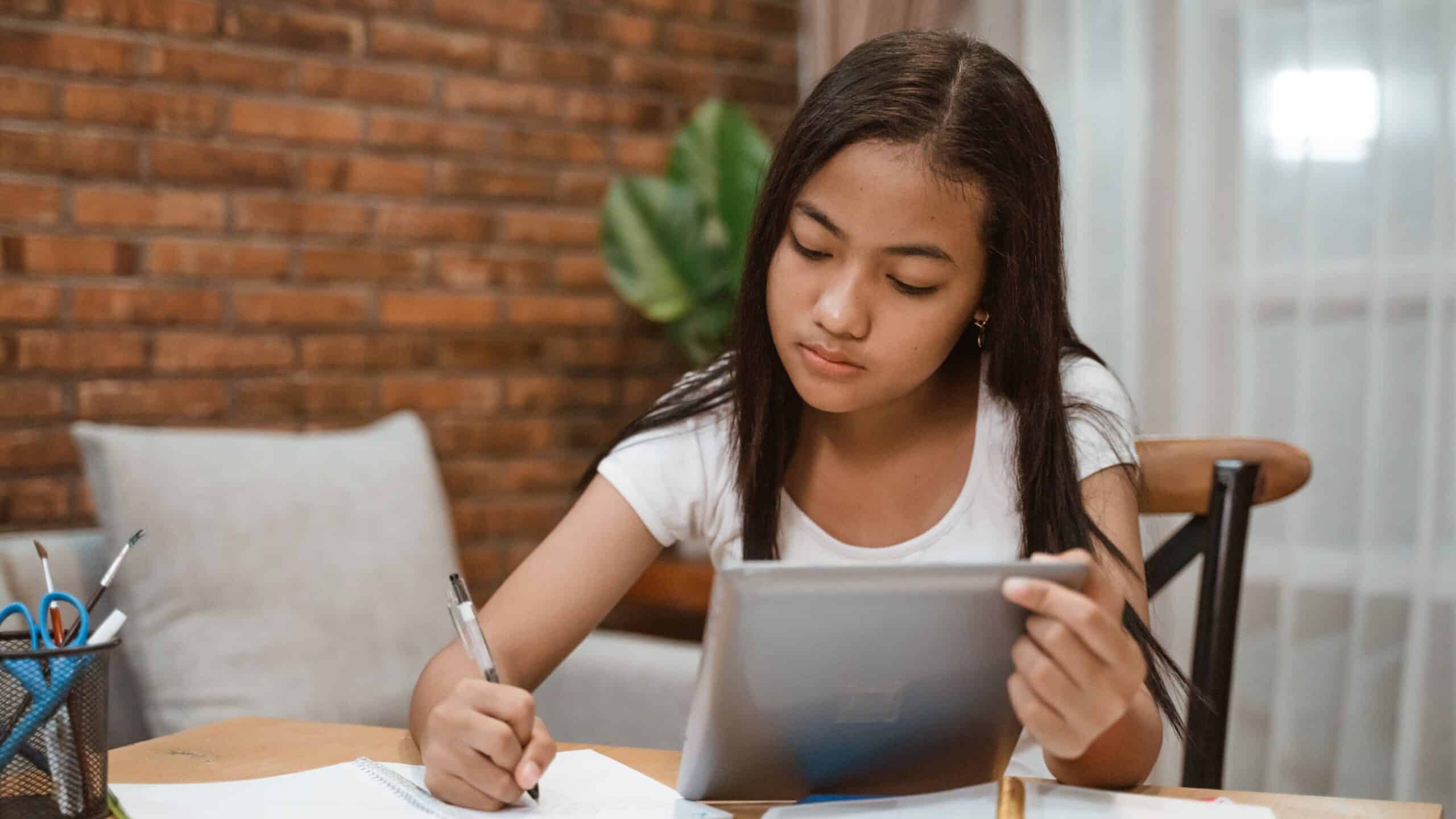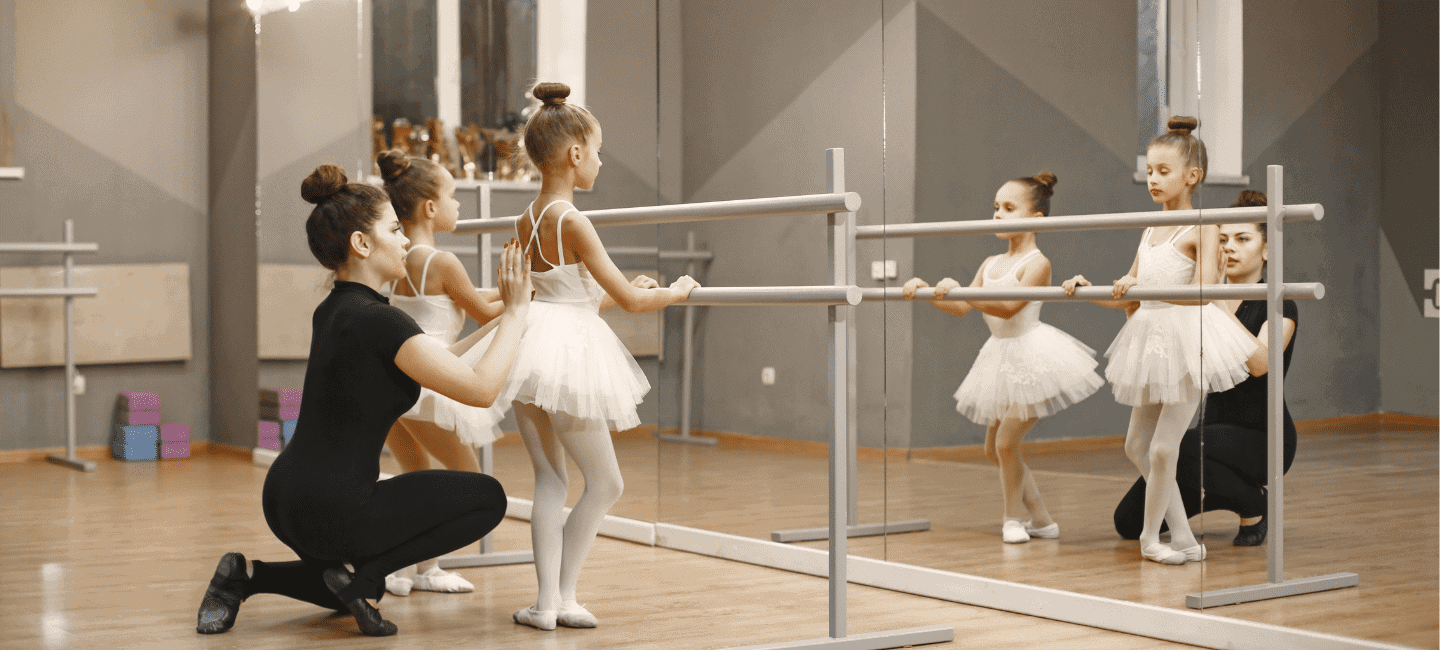
The impact of teacher attitude and teaching approaches on student demotivation: Disappointment as a mediator
While there are many studies out there that examine the general intrinsic motivation for physical activity, little research has been done on emotions as a crucial factor in understanding student motivation in a PE setting.
23 Mar 2024

